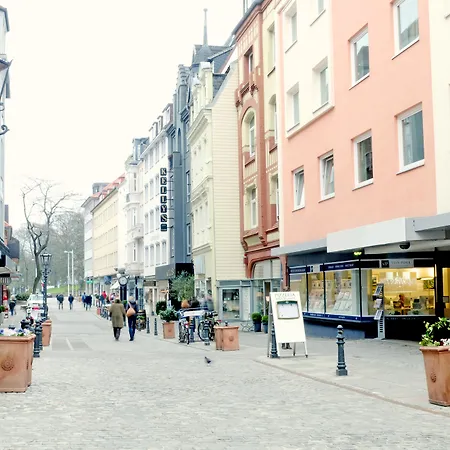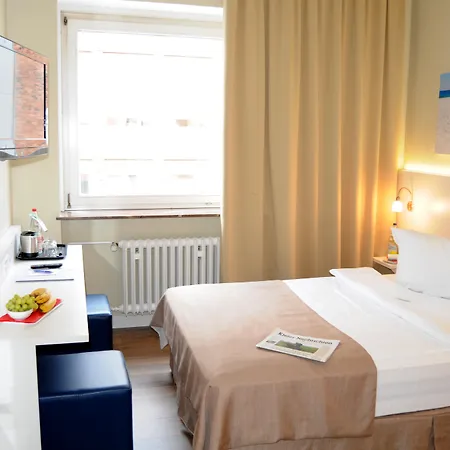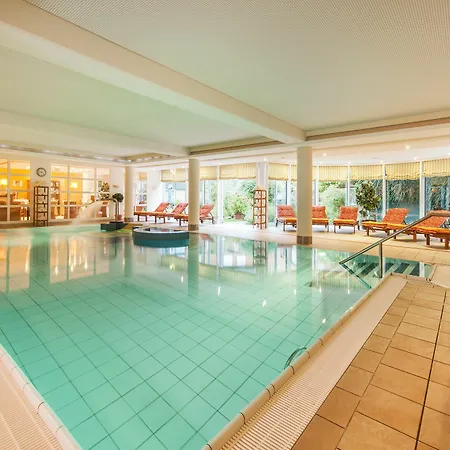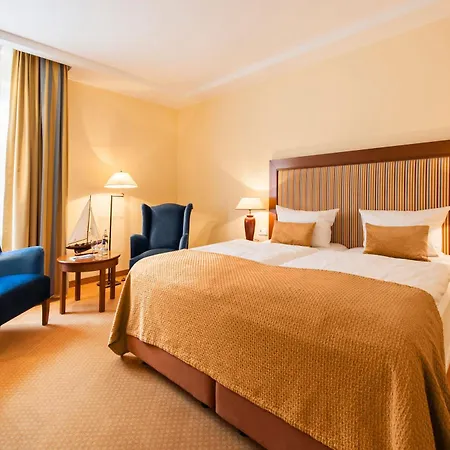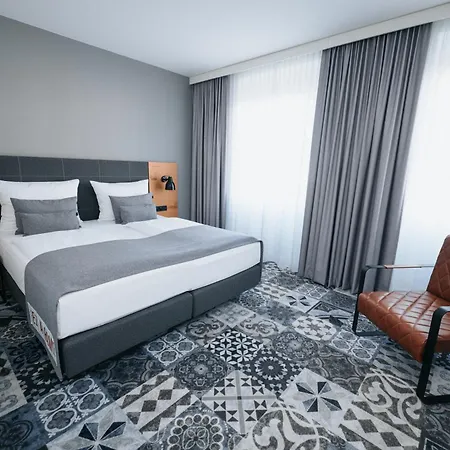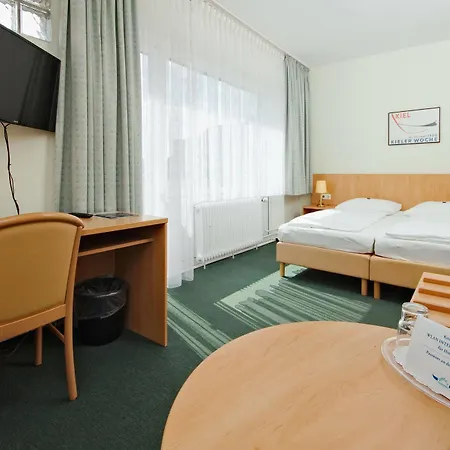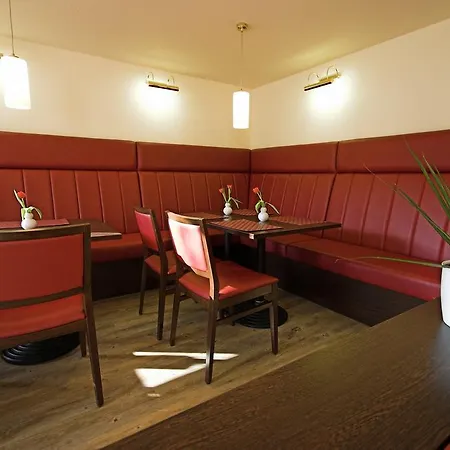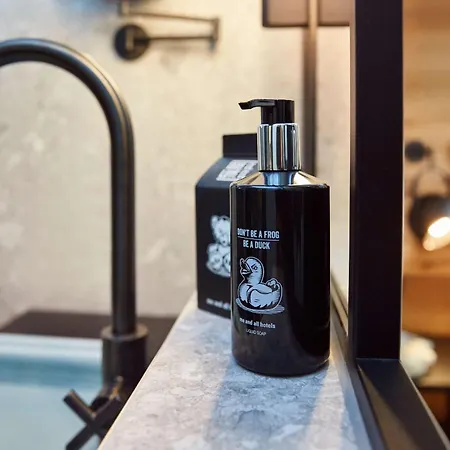Flandernbunker
Check Availability
Flandernbunker: A Pillar of Maritime History
Flandernbunker, built in 1943, served as a U-boat maintenance base during World War II. This massive structure illustrates the strategic significance of naval power in wartime Germany.
The bunker is characterized by its robust concrete architecture, designed to withstand Allied attacks. As one of the largest U-boat bunkers, it played a crucial role in Germany's submarine warfare and remains a significant historical landmark in Kiel.
Key Highlights
- ⚓ Historical Significance: This bunker housed U-boats and is a testament to military engineering.
- 🛠️ Architectural Marvel: Constructed with over 180,000 cubic meters of concrete, showcasing the era’s industrial capacity.
- 📜 Cultural Value: Hosts exhibitions on maritime history, attracting history enthusiasts and academics.
Accessible to all visitors, Flandernbunker provides free entry and is ideal for tourists, families, and history buffs alike.
Interesting Facts about Natural History Museum Flandernbunker
Construction Timeline
Completed in 1943, the bunker was built in record time to aid U-boat operations.
Size and Capacity
The bunker could accommodate over 20 U-boats simultaneously within its massive structure.
Post-War Usage
After the war, it was repurposed for various commercial uses, preserving its historical integrity.
Location
Stay Near Flandernbunker Best Hotels
Address
View mapHindenburgufer 249
Opening Hours
Friday:
10:00 AM–6:00 PM
Monday:
Closed
Saturday:
10:00 AM–6:00 PM
Sunday:
10:00 AM–6:00 PM
Thursday:
10:00 AM–6:00 PM
Tuesday:
10:00 AM–6:00 PM
Wednesday:
10:00 AM–6:00 PM
Contact Information
Price
Free. Some special exhibitions may require a paid ticket.
Average Visit Duration
Duration: Approximately 2 hours.
Best Time to Visit
Weekday afternoons (1:00 PM–3:00 PM) for fewer visitors.
